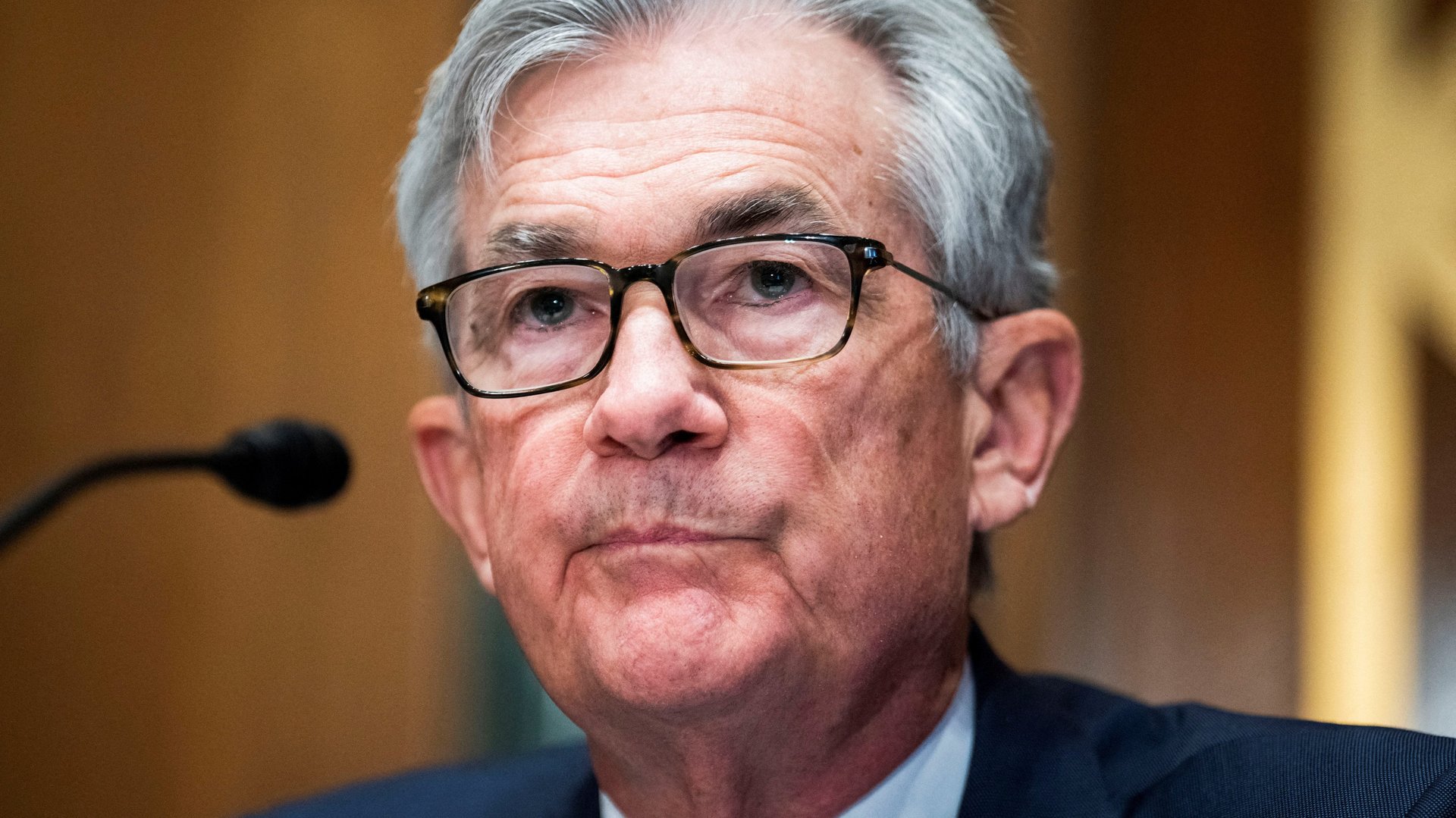The Fed’s tools weren’t meant to address supply-side inflation
How high can interest rates go without tipping the US economy into a recession? That has been the debate roiling the economists deciding monetary policy in the Federal Reserve. So far, the Federal Reserve is committed to raising rates—perhaps seven times—this year to cool down prices.


How high can interest rates go without tipping the US economy into a recession? That has been the debate roiling the economists deciding monetary policy in the Federal Reserve. So far, the Federal Reserve is committed to raising rates—perhaps seven times—this year to cool down prices.
Interest rate changes alone do not create more semiconductor chips or build more houses. But raising rates can slow down economic activity enough to ease inflationary pressure squeezing Americans’ pocketbooks. In February, inflation hit 7.9% on annual basis, according to the consumer price index, the highest point since 1982.
The decision facing Federal Reserve officials is how hard to tap the brakes. In its latest Summary of Economic Projections (pdf), one official suggested 12 rate hikes this year while another suggested five (3% in total hikes for the year versus 1.25%).
Yet how much these quarter-percentage hikes will affect inflation and economic growth is still unclear. The reason is that higher interest rates won’t address underlying drivers behind today’s inflation: mainly shortages of raw materials and supply chain failures. In the 1970s, inflation was driven up by wages and prices chasing each other—an issue that Fed Chair Jerome Powell is concerned could begin to happen today with rising wages but hasn’t been an issue yet.
But Steven Kelly, a research associate at Yale University’s Program on Financial Stability, argues small, incremental rate hikes show the Federal Reserve is serious about bringing inflation down without hampering recovery of the labor market. “We’re not talking about hiking rates to 10% amid elevated unemployment,” said Kelly, who studies financial crises. “Quarter-point hikes with unemployment under 4%, even if addressed at the supply side, don’t risk much beyond the short-term.”
How interest rate hikes affect the economy
In a nutshell, higher interest rates reduce borrowing and spending by households and businesses. When the Federal Reserve raises the interest rate on money it gives banks, the banks raise their own rate for loans on everything from car loans to mortgages. As a result, businesses invest in fewer projects, hire fewer people, and contain wages. Consumers then spend less and pay down debts.
For investors, higher federal funds rate reduces the overall market value of US Treasury bonds, writes Joseph Wang, a former senior Fed trader. This means that investors that hold a lot of Treasuries—typically a safe haven asset—will have to sell off other parts of their portfolio to rebalance their losses and make them less likely to invest in new, riskier businesses.
Why does the Fed want to hike interest rates?
For the past year, the price of durable goods such as cars and furniture has fueled inflation thanks to the rising cost of raw materials. Now the Fed is concerned inflation will spread to services like hotels, rents, and restaurants even as the price of durable goods keeps rising. Until recently, leisure and hospitality, the most labor-intensive parts of the economy, have had a negligible effect on price increases despite wages rising fastest in those sectors, noted J.W. Mason, an economist professor at CUNY’s John Jay College.
But that’s starting to change. In the last half of 2021, inflation had been picking up in services, with rent leading the way. Services make up 57% of the consumer price index, while rent takes up 33%.
If inflation spreads to services, especially higher rent, that’s concerning, writes Joey Politano, an analyst at the Labor Department’s Bureau of Labor Statistics. Rent prices are stickier and show up in economic reports later than other items. This means by the time the Fed sees inflation rise above unsustainable levels in the rent category, it may be too late to bring them back down.